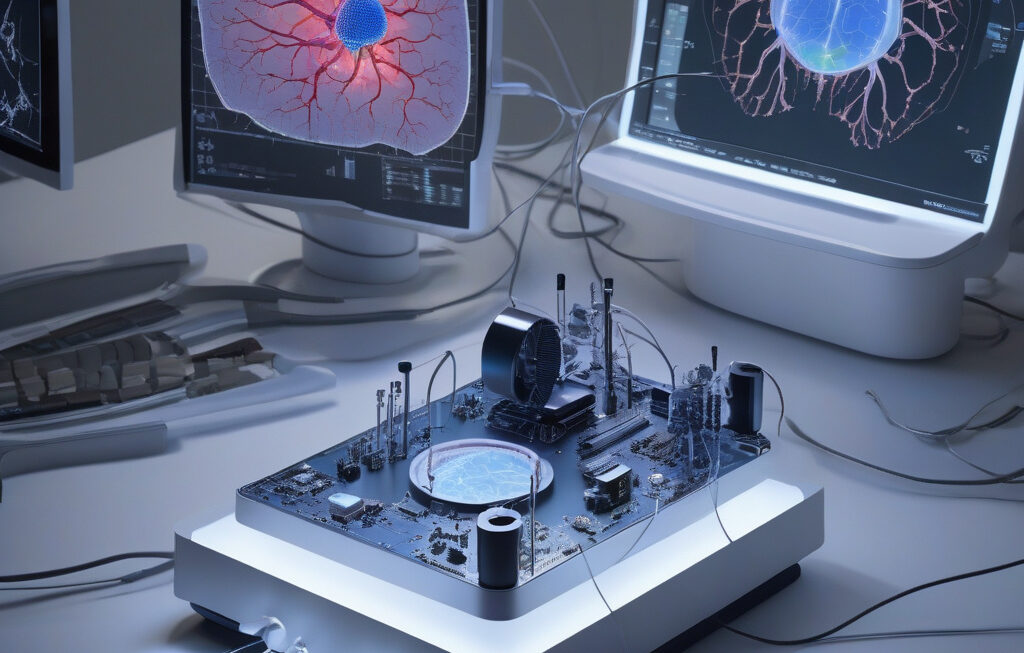Mapping the Uncharted Territory of Decision-Making: A Breakthrough in Neuroscience
Mice moving tiny steering wheels to control shapes on a screen have given scientists an unprecedented glimpse into the complex workings of the brain during decision-making processes. In a groundbreaking study, researchers have successfully mapped the complete brain activity of mice as they navigate through a series of choices, shedding light on the intricate neural mechanisms underlying decision-making.
The study, conducted by a team of neuroscientists at a leading research institution, utilized cutting-edge technology to monitor and analyze the brains of mice in real-time. By observing the rodents as they made decisions while interacting with a specially designed task, the researchers were able to capture the neural activity associated with different choices and outcomes.
One of the key findings of the study was the identification of distinct patterns of brain activity corresponding to specific types of decisions. For example, when faced with a simple choice between two shapes on the screen, the mice exhibited coordinated neural firing in regions associated with sensory processing and motor control. In contrast, when presented with more complex decisions involving multiple options, the researchers observed widespread activation across various brain regions involved in higher cognitive functions.
Furthermore, the study revealed the dynamic nature of decision-making processes, with the neural activity patterns evolving rapidly as the mice evaluated different options and weighed potential outcomes. By mapping these changes in real-time, the researchers were able to create a detailed “neural roadmap” of the decision-making process, providing valuable insights into how the brain integrates sensory information, evaluates choices, and selects appropriate actions.
The implications of this research extend far beyond the realm of neuroscience, offering potential applications in fields such as artificial intelligence, robotics, and behavioral economics. By gaining a deeper understanding of how the brain makes decisions, scientists may be able to develop more advanced algorithms for decision-making systems, enhance human-machine interactions, and optimize strategies for complex problem-solving tasks.
Moreover, the study highlights the remarkable adaptability and plasticity of the brain, demonstrating its capacity to rewire and reorganize neural circuits in response to changing environmental demands. This neuroplasticity underlies our ability to learn, adapt, and make decisions in a constantly evolving world, showcasing the remarkable resilience of the human brain.
As we unlock the secrets of the brain’s decision-making processes, we move one step closer to unraveling the mysteries of consciousness, cognition, and human behavior. The ability to map and manipulate neural activity during decision-making could pave the way for innovative therapies for neurological disorders, enhanced cognitive enhancement techniques, and new insights into what makes us uniquely human.
In conclusion, the pioneering study that mapped the complete brain activity during decision-making in mice represents a major milestone in the field of neuroscience, offering a glimpse into the inner workings of the mind. By decoding the neural patterns underlying our choices and actions, scientists are pushing the boundaries of our understanding of the brain and opening up new possibilities for the future of cognitive research.
neuroscience, decision-making, brain activity, neural circuits, research advancements.












